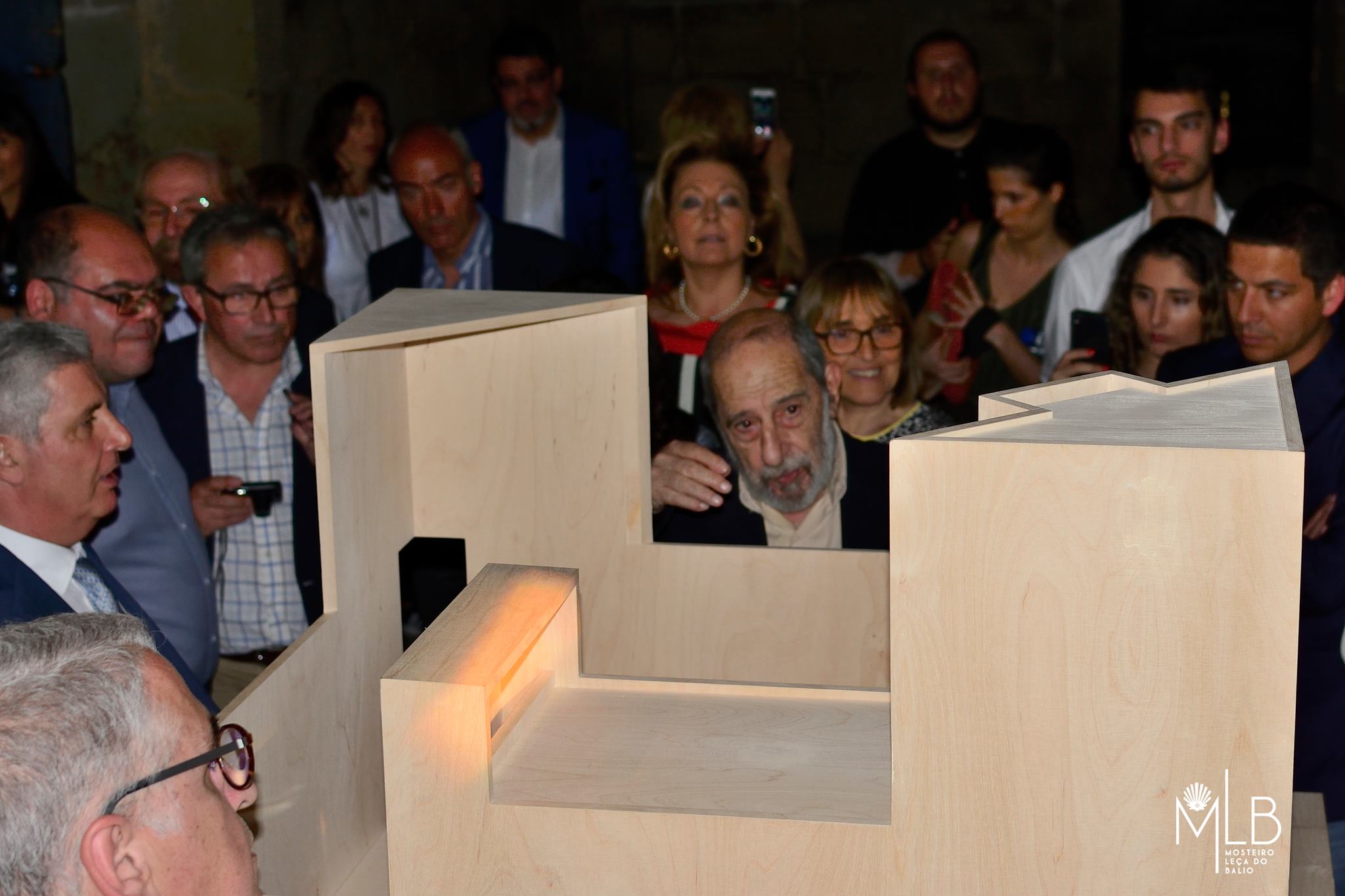MONASTERIUM KM 234 - FREE EXHIBITION OPENS THE DOORS OF MONASTERY OF LEÇA DO BALIO

For the first time in its centennial history, Monastery of Leça do Balio opened its doors in May of this year. It did so by conceiving and presenting this exhibition, which, with free access, revealed the importance and connection of this space to the entire theme related to Santiago de Compostela.
The model of the 'Temple' designed by Siza Vieira was one of the pieces in the Monasterium km 234 exhibition, which opened on Saturday, May 19, 2018. To this place, which 'is an invitation to introspection, of great spirituality, ecumenical for all religions,' explains Joel Cleto, the curator, 55 artistic images, many narratives, and some works of art are added. 'It is the history and stories that over the years have made the Way of St. James,' he emphasizes.
In this exhibition, whose name indicates the distance between the monastery and Santiago de Compostela, the historic monument is 'returned' to the community. The Lionesa Group, the current owner, and responsible for the entire project, also intend to give new life and another centrality to this setting. Immediately, Pedro Pinto, the company's administrator, highlights the connection to the Way of St. James, a brand to be implemented in this investment, which is around 10 million euros. In addition to Monasterium 234 km, which the public can visit for free with guided tours, the project includes the construction of the work by Siza Vieira inspired by the Monastery of Leça do Balio and the Camino, which should be completed in 2020. Next to it, near the monastery's garden, in an adjacent plot with an area of 3.8 hectares, a landscaping intervention will be carried out, signed by Sidónio Pardal. In this, the first collaboration between the two architects, the landscapist will expand the gardens, connecting the Lionesa complex to the monastery, to form a whole, in what he calls a 'visionary gesture.' The garden, as the architect himself explained, will have 14 unique stays, within a granitic language, with places for vigil, waiting, meeting, and contemplation. In two or three years, the place will have reached 'a very interesting maturity,' concluded the architect. And finally, the Monastery of Leça do Balio.
